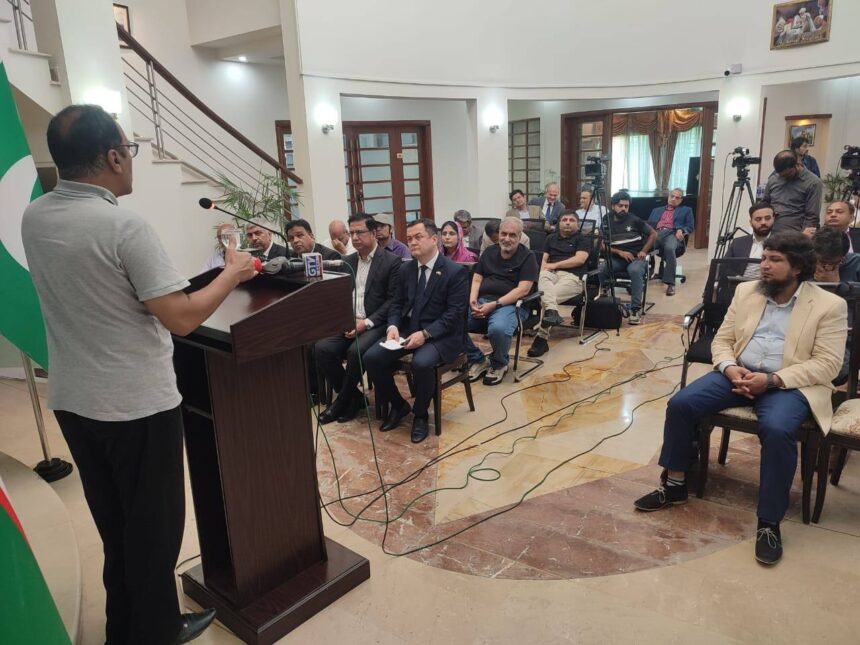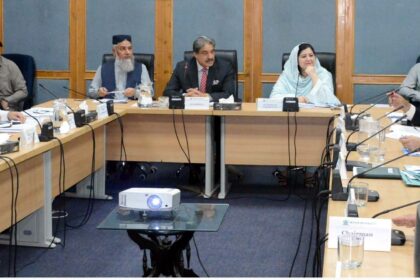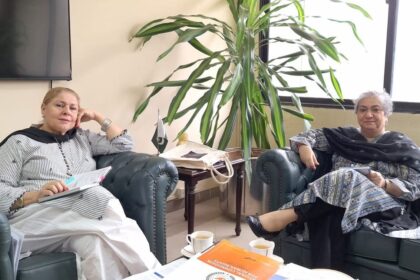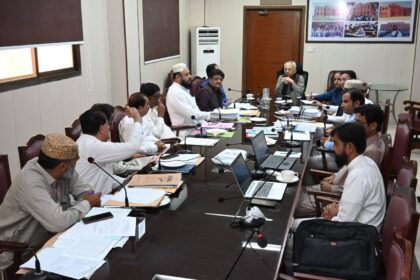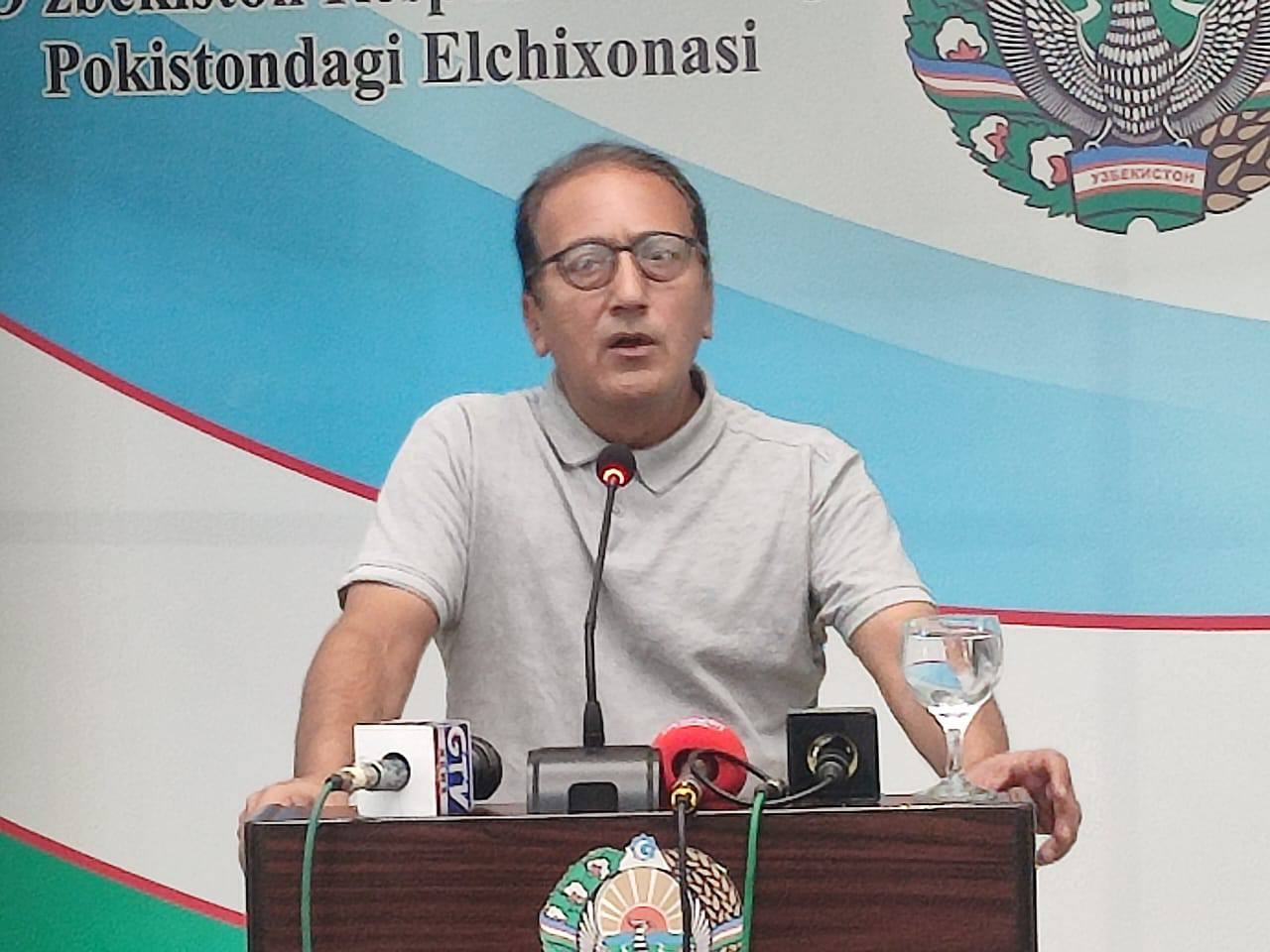
Senior Journalist Tazeen Akhtar Proposes Strategic Vision to Achieve $2 Billion Trade Between Pakistan and Uzbekistan
Islamabad: As Pakistan and Uzbekistan set their sights on reaching a $2 billion bilateral trade target, Tazeen Akhtar, Senior Journalist and Editor, Managing Director at Pakistan in the World, has outlined a focused three-point strategy to help both countries move beyond traditional diplomacy and embrace actionable trade development.
Akhtar’s framework, centered on Incentives, Initiatives, and Insight, calls for a more dynamic and people-focused approach to bilateral engagement. “Trade is not just about policies—it’s about people, partnerships, and planning,” he emphasized.
To promote incentives, Akhtar recommends that Pakistanis be encouraged to travel to key Uzbek cities such as Tashkent, Samarkand, Bukhara, and Termez. He believes cultural exposure and tourism can play a vital role in strengthening trust and mutual understanding. “When citizens interact, businesses follow,” he noted, adding that increased visits can open the door to broader commercial and educational exchanges.
On initiatives, Akhtar urges both governments to move toward establishing joint ventures in sectors such as agriculture, industry, information technology, and education. “Engagement on the ground through joint ventures will bring real economic benefits,” he said. He further suggested that Pakistani stakeholders must be actively involved in the process, encouraging a sense of ownership and continuity.
With a touch of wit, Akhtar remarked that when Uzbek officials pronounce “Pakistan” as “Pokiston,” they should continue “poking” their decision-makers to expand their international outlook. “Many policymakers limit their focus to countries like the U.S., UK, Germany, France, China, Turkiye, KSA, UAE, and Qatar. It’s time to remind them that there are other equally important trade partners in the region—starting with Pakistan.”
Focusing on insight, Akhtar recommended engagement with influential chambers of commerce that represent large-scale enterprises—not only local shopkeepers or traders. These institutions, he believes, can drive real change if properly consulted and included. Sectoral mapping, he stressed, is essential to identify high-impact areas for cooperation.
He highlighted defense, agriculture, and education—especially medical education—as priority sectors for future collaboration. “Uzbekistan’s wheat, for example, has never made its way to Pakistan, despite being a closer and potentially more cost-effective source than countries like Australia, Russia, or Ukraine,” Akhtar pointed out.
In the realm of education, he sees a particularly promising future in medical education exchange programs, suggesting institutional partnerships and student exchanges as ways to strengthen soft power and long-term goodwill.
Akhtar’s proposals underscore the urgency for both countries to modernize their economic diplomacy and diversify their partnerships. As regional connectivity becomes increasingly important in a changing global trade landscape, experts believe such practical and creative strategies could be the key to realizing the $2 billion goal.




